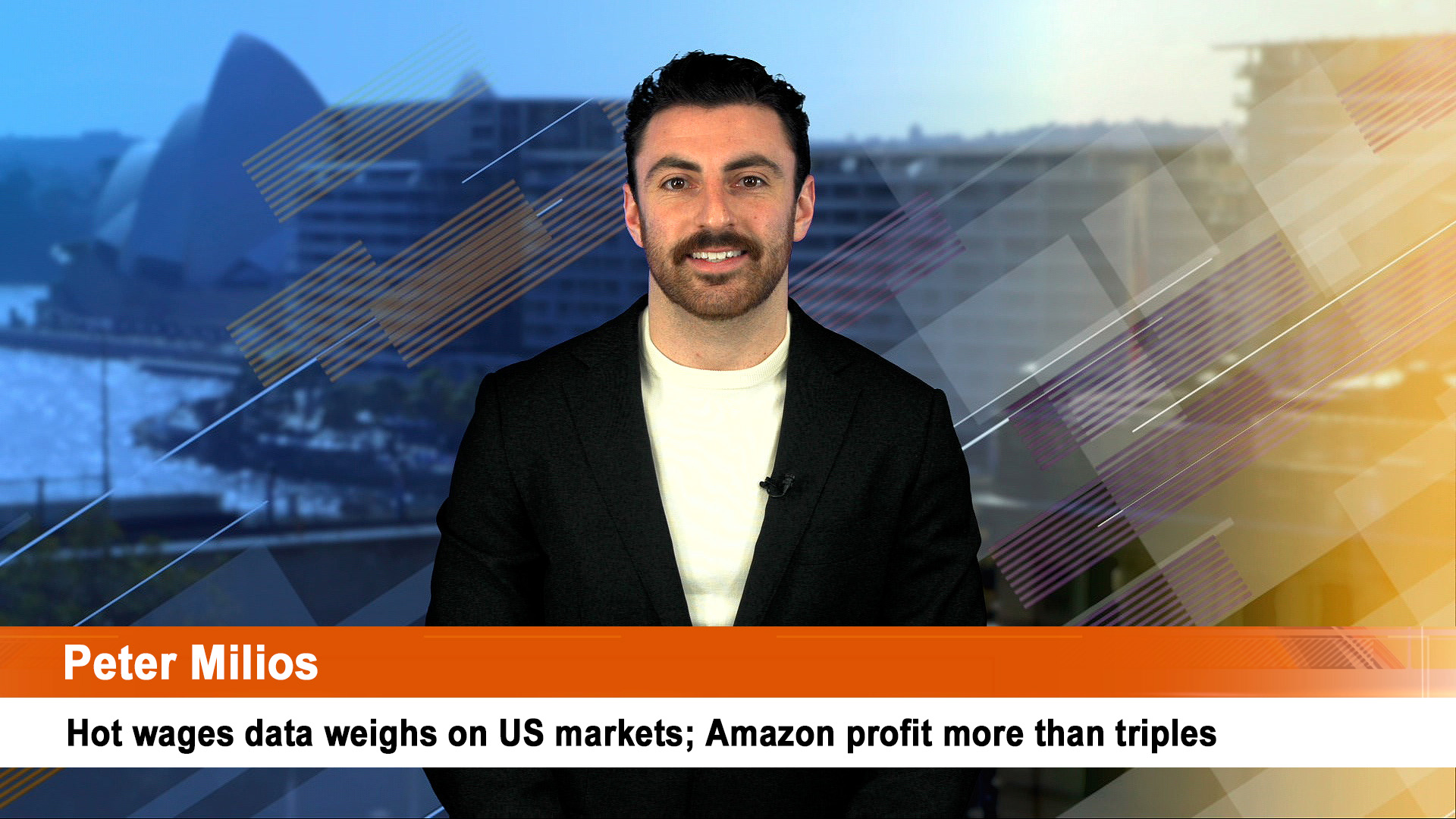OZ Minerals and BHP have resumed their marriage talks trying to find a dowry in the form of an offer price that will see the deal appeal both to shareholders and the market generally.
OZ said ‘no’ to $25 a share in late August when BHP’s interest was first revealed, even though that was a fat 30% plus premium to the then market price.
It is understood the companies have been in talks in recent days and yesterday saw OZ ask for trading in its shares to be suspended until Friday “in relation to a potential change of control transaction.”
There’s only one of those around as far as OZ is concerned and it Is BHP’s.
OZ rejected the initial approach because it believed that the indicative proposal significantly undervalued OZ Minerals and was not in the best interests of shareholders.
OZ Minerals CEO Andrew Coles also highlighted that the company has “a unique set of copper and nickel assets, all with strong long-term growth potential in quality locations.”
Coles further noted that these minerals “are in strong demand particularly for the global electrification and decarbonisation thematic” and that the proposal failed to sufficiently recognise these attributes.
OZ maintained its ’no’ stance even though it has downgraded its copper production twice in recent months because of wet weather, technical problems at the Carapateena mine and low head grades.
OZ quickly changed tack on the West Musgrave copper-nickel project in far eastern WA (near the border with South Australia).
Before BHP’s approach the project was up in the air because of the surge in inflation and costs, plus a shortage of labour in the wake of the Russian invasion of Ukraine in late February. OZ revealed an 11% rise in costs in the project in its June quarter’s report and wondered whether a labour shortage could force a delay.
The $1.1 billion project got the greenlight after the BHP approach when in September, OZ released a long statement that talked about the benefits of the renewables boom to the company its mostly copper mines in South Australia, Brazil and potentially in WA (any nickel).
In its September quarter report, OZ also floated the idea of taking in a partner for West Musgrave.
On Monday of this week OZ put out another statement extolling the virtues of its West grave nickel copper project in what it called the Mixed Hydroxide Precipitate (MHP) Project Study which is looking at the opportunity of further processing nickel concentrate from the West Musgrave into a high-grade nickel product.
MHP is becoming the preferred route for nickel and BHP has gone down this route for most of its WA nickel metal production after spending heavily on a specialist plant at its Kwinana nickel refinery south of Perth.
OZ also again trawled the idea of a partner to develop West Musgrave and possibly the MHP plant and output.
That prospect is probably what got BHP’s mind back on the job and looking to wrap up a deal with OZ sooner than later.
Analysts say that if it gets control of OZ, BHP will slot West Musgrave into its Nickel West business and put the OZ mines in South Australia – Prominent Hill, Carapateena and the prospective Kalkaroo project near the NSW border – into a group comprising the huge and long-life Olympic Dam mine and the new Oak Dam prospect nearby.
The new Santa Lucia copper gold mine in northern Brazil could be sold or moved into the company’s South American copper group that boasts the huge Escondida copper mine in Chile as well as the Spence and Cerro Colorado copper mines, also in Chile and 37% of the Antamina copper zinc mine in Peru.
OZ shares were halted at Tuesday’s close of $26.30 – the shares fell to $24.30 in early October, dipping under the BHP price and then bouncing around until late October when they started rising noticeably to move well past $26 – a small premium to the BHP indicative offer. They peaked at $26.54 on Monday and dipped Tuesday.













